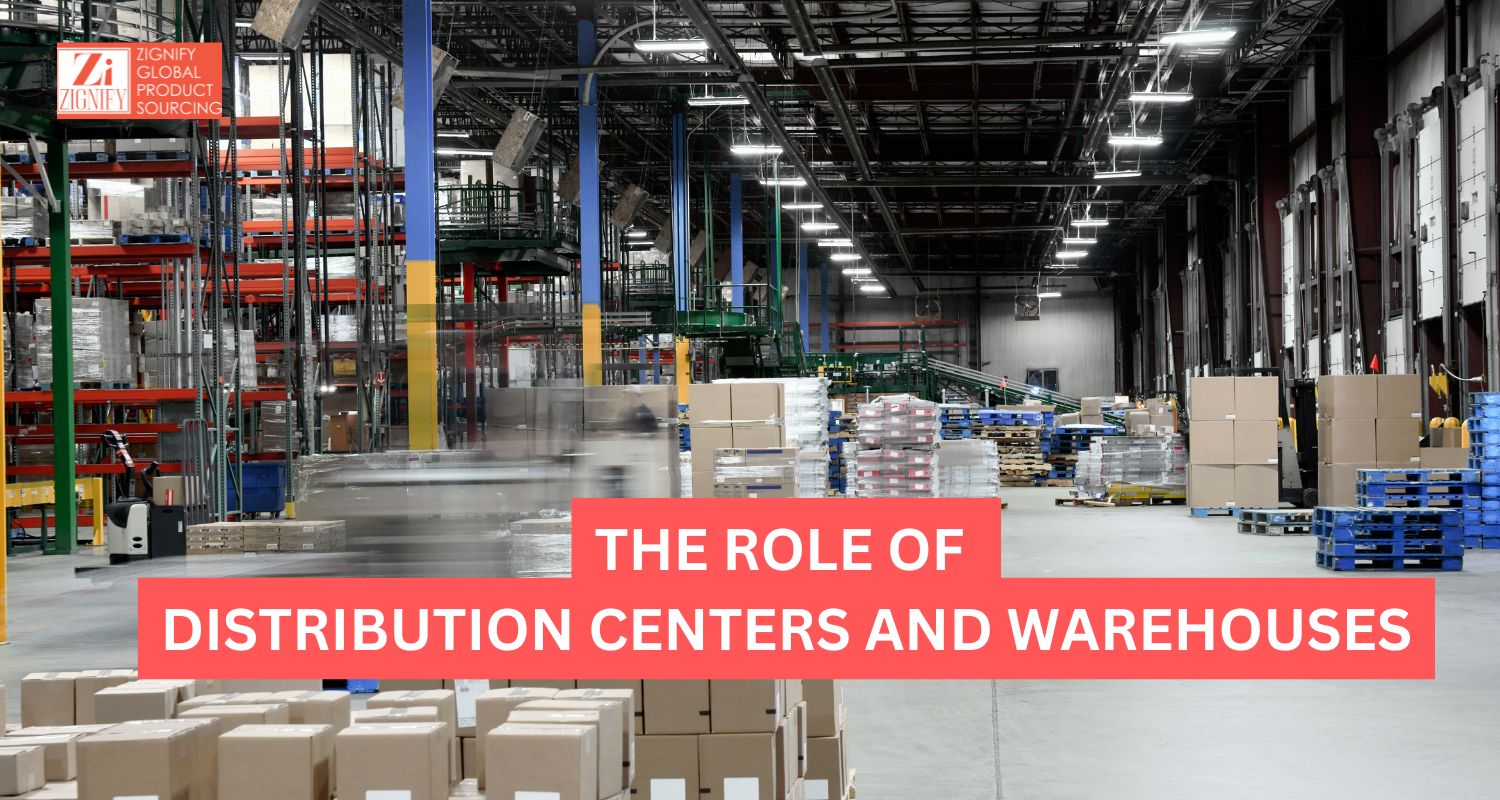Hospitality procurement is more than just buying products—it’s a strategic...
Read MoreWhile the terms “distribution center” and “warehouse” are often used interchangeably, they serve distinct purposes within the supply chain. Understanding the differences between the two is essential for businesses looking to optimize logistics, reduce costs, and improve customer satisfaction. The table below highlights the key distinctions between distribution centers and warehouses.
| Distribution Center (DC) | Warehouse | |
| Primary Function | Order fulfillment and fast distribution | Long-term storage of goods |
| Storage Duration | Short-term (high product turnover) | Long-term (low product turnover) |
| Speed of Operations | Fast-paced; focused on quick receiving and shipping | Slower; focused on storage and stock management |
| Value-Added Services | Yes – labeling, packaging, assembly, customization | Rare or minimal |
| Technology Use | High (automation, robotics, WMS, real-time tracking) | Medium to low (basic inventory systems) |
| Integration with Supply Chain | Highly integrated (real-time updates, multi-channel) | Less integrated, standalone or limited connectivity |
| Handling Returns (Reverse Logistics) | Frequently managed in DCs | Rarely handled |
| Location Strategy | Located near major markets or transport hubs | Located based on storage needs or lower rent areas |
| Suitable For | E-commerce, retail, FMCG, high-demand products | Manufacturers, wholesalers, seasonal inventory |
| Cost Implication | Higher operational costs but higher throughput | Lower operational costs, but less dynamic |






